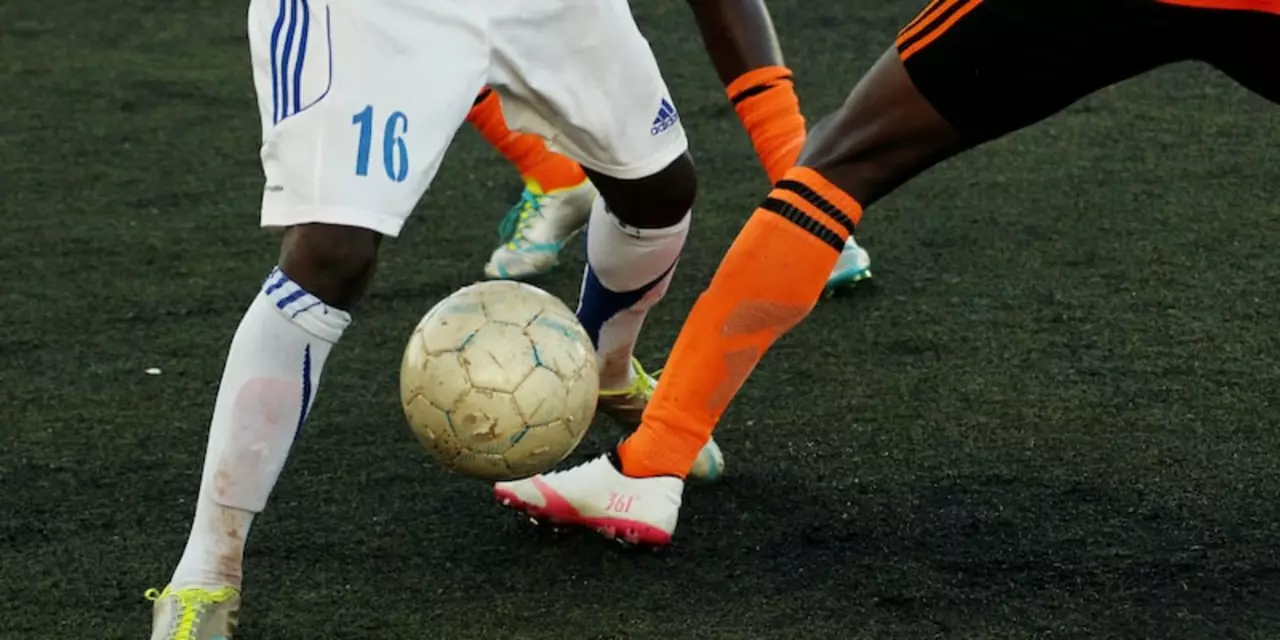Bad Players in Soccer: Spot the Flaws and Fix Them
If you’ve ever watched a match and thought, “What’s that player doing?” you’ve probably seen a bad player in action. Bad players aren’t born that way – they usually have a handful of habits that hold them back. Knowing those habits can help you avoid them, coach others, or simply raise your own game.
Typical Traits of Bad Players
First off, many bad players ignore basic positioning. They drift too far from where the ball should be, leaving gaps for opponents. This isn’t magic; it’s a lack of spatial awareness that anyone can improve with simple drills. Another red flag is poor passing choices. Instead of playing the ball to a teammate in space, they often try fancy passes that end up out of bounds. That habit kills flow and gives the other team extra chances.
Bad players also tend to forget the importance of defending first. They love to dribble forward, but when the ball is lost they sprint the wrong way, leaving their backline exposed. This shows they’re thinking only about offense. Finally, many of them lack fitness consistency. A tired player makes sloppy tackles, mis-hits passes, and loses focus – all signs of a weak conditioning routine.
Turning Weaknesses into Strengths
The good news? Those flaws are easy to fix with the right practice. For positioning, set up a small grid and have the player move to a designated spot each time a coach blows a whistle. Repeating this builds muscle memory, so they’ll instinctively know where to be during a game.
When it comes to passing, use a “quick‑pass‑check” drill. Pair two players and force them to complete three passes in under five seconds. The pressure forces them to look up, spot teammates, and choose the simplest option. Over time, the brain learns to favor high‑percentage passes over flashy ones.
Defensive discipline improves with one‑on‑one shadowing sessions. Have the player mirror an attacker’s moves while staying between them and the goal. This teaches them to stay goal‑side and react faster when possession is lost.
Fitness can be tackled with a mix of interval runs and core work. Short bursts of sprinting followed by a brief jog mimic the stop‑and‑go nature of soccer. Adding planks or leg raises builds the stability needed for sharp tackles and clean shots.
Remember, labeling someone a “bad player” isn’t forever. Most issues are habits that can be rewired with focused drills and a bit of patience. If you’re coaching, give clear, specific feedback – “stay closer to the left wing when the ball is on the right” works better than vague “be better defensively.” If you’re the player, track your own progress in a simple notebook. Write down what you worked on each week and note any improvements.
Bottom line: Bad players share a few common mistakes, but those mistakes are fixable. By training smarter, staying aware on the pitch, and keeping fit, you can turn any weak link into a reliable asset. So the next time you spot a player floundering, remember there’s a clear path to better play – and it starts with spotting the flaw.

- Mar 7, 2023
- Blaise Kendall
- 0 Comments
How good are bad professional football (soccer) players?
This article discusses the impact of bad professional football (soccer) players on their team's performance. It looks at how teams can benefit from having players with poor physical and technical abilities. It also examines the role of bad professional football players in the development of young players and the importance of having a good team mentality. The article concludes that bad professional football players are not all bad, as they can provide an important learning experience for young players and help build team morale.